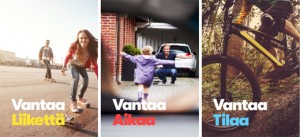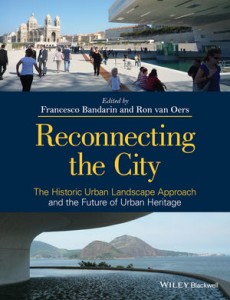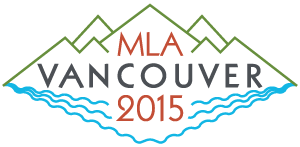Don’t know whether one should laugh or cry about this: one of the most critical, and revealing, reviews of (sub)urban branding in Finland comes from “graphic designer of the year” Kasper Strömman’s blog, a satirical design blog.
Strömman examines the new branding effort of the city of Vantaa (due north from Helsinki). The blog (in Finnish) carries the title “how to erase a city’s identity by using graphic design” (my translation). I haven’t followed Vantaa’s branding campaign myself, and Strömman’s link to Vantaa’s “brand book” doesn’t work (anymore?), so I have no access to the relevant sources, but on the basis of the material, there may well be some truth in the blog post’s title. Strömman’s key critique is that Vantaa invested in branding because the city felt it lacked a strong identity, but that it turned to generic images instead of making use of genuinely local identity markers in the pictures it used. The campaign images apparently come from international image banks – and what, really, is left of the identity of a city when the very image that wants to display the specific feel of Vantaa can as easily be used to sell an Australian children’s contact centre or an American insurance company, as Strömman points out?


[source: nyt.fi / kasperstromman.fi / http://www.tccc.org.au/]
By way of contrast, I just today reread Panu Lehtovuori’s article on Helsinki’s shorelines, in which Lehtovuori argues for urban planning that embraces differences, place-based solutions, and the uniqueness of a particular place, and emphasizes the stratifications of local meaning as potential cultural resources for the future. Couldn’t agree more.
Lehtovuori, Panu 2012: ”Rannat Helsingin seudun dynamoina.” In Lahti, Juhana; Paatero, Kristiina & Rauske, Eija (eds.): Rantaviivoja. Asuinalueita veden äärellä. Helsinki: Suomen arkkitehtuurimuseo, 20-31.







